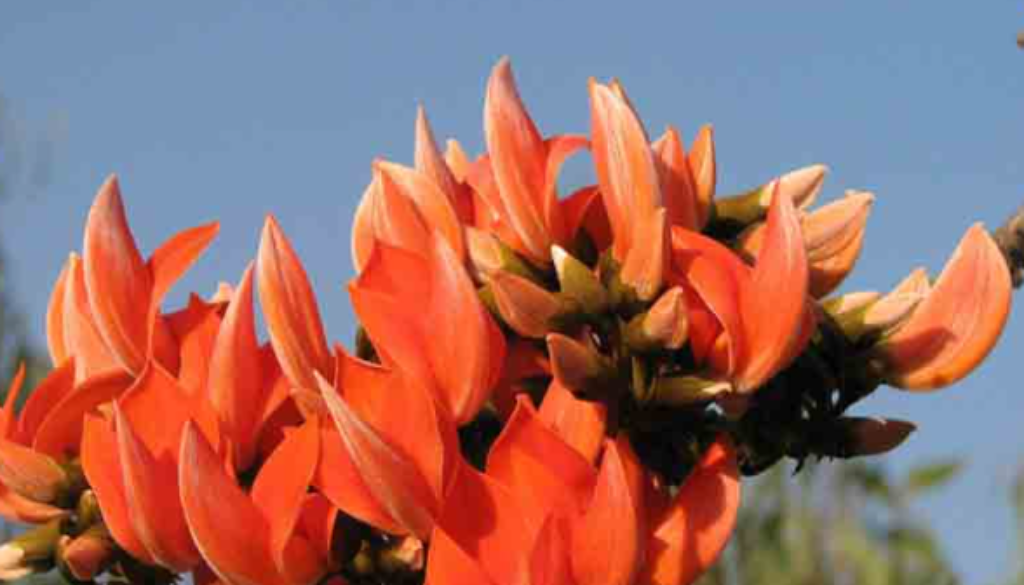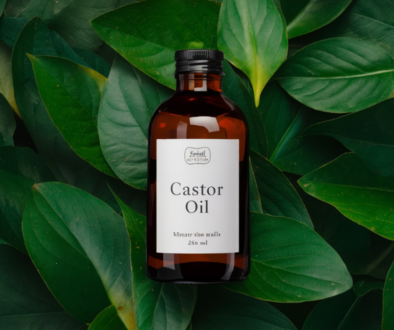Phalas
Commonly on plains, stream banks and in deciduous forests. A small medium size deciduous tree with tomentose or downy, branches and ash coloured stem. Leaves are alternate 3-foliolate terminal leaflet largest than lateral ones, obtuse glabrous above and silky beneath. Flowers bright orange red, large, in dense raceme. Fruit is a flattened silky pod. The pod contains a single compressed dark brown seed at
apex. Flowering and fruiting in January- June.
Part used: Whole plant
Usage: Leaves useful as tonic, in diabetes, leucorrhoea, congested and septic throat and in treating incontinence of urine and also used as mouth wash. Flower extract applied over swelling for cooling effect. Gum is effective in diarrhoea and dysentery. Infusion of gum is used as local application for leucorrhoea. Seeds are beneficial in certain skin
diseases and in eliminating roundworms.
Agrotechniques : It is raised through seeds in medium sized polythene bags. 3-:-4 months old saplings planted in pits (60x60x60 cm) 8-10 m apart during rains. Seeds or pods should be sown immediately after collection as they loose viability within six months of collection. Saplings irrigated and weeded every 1-2 months. Gum is collected from the stem bark and dried in shade. Flowers and seeds also collected.




